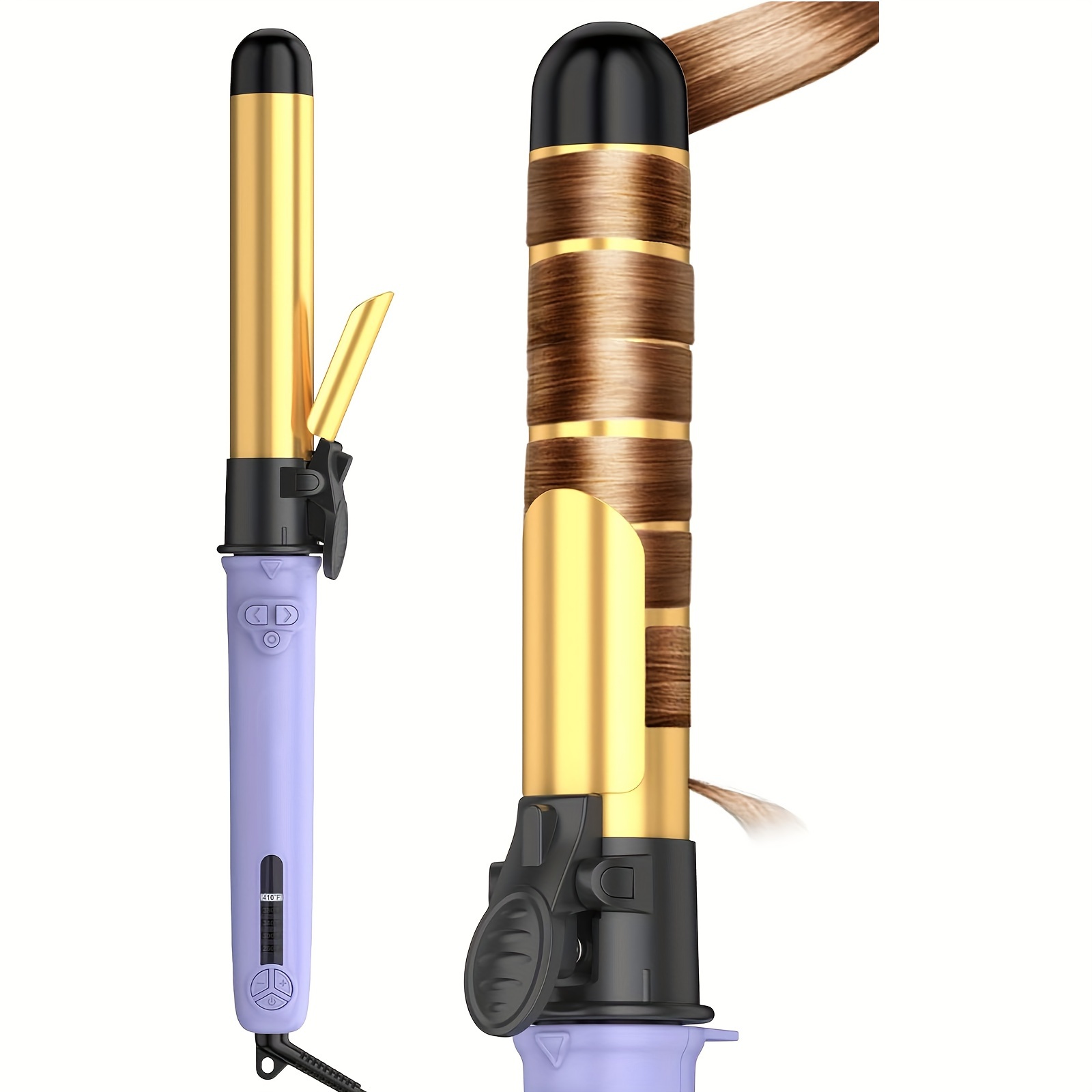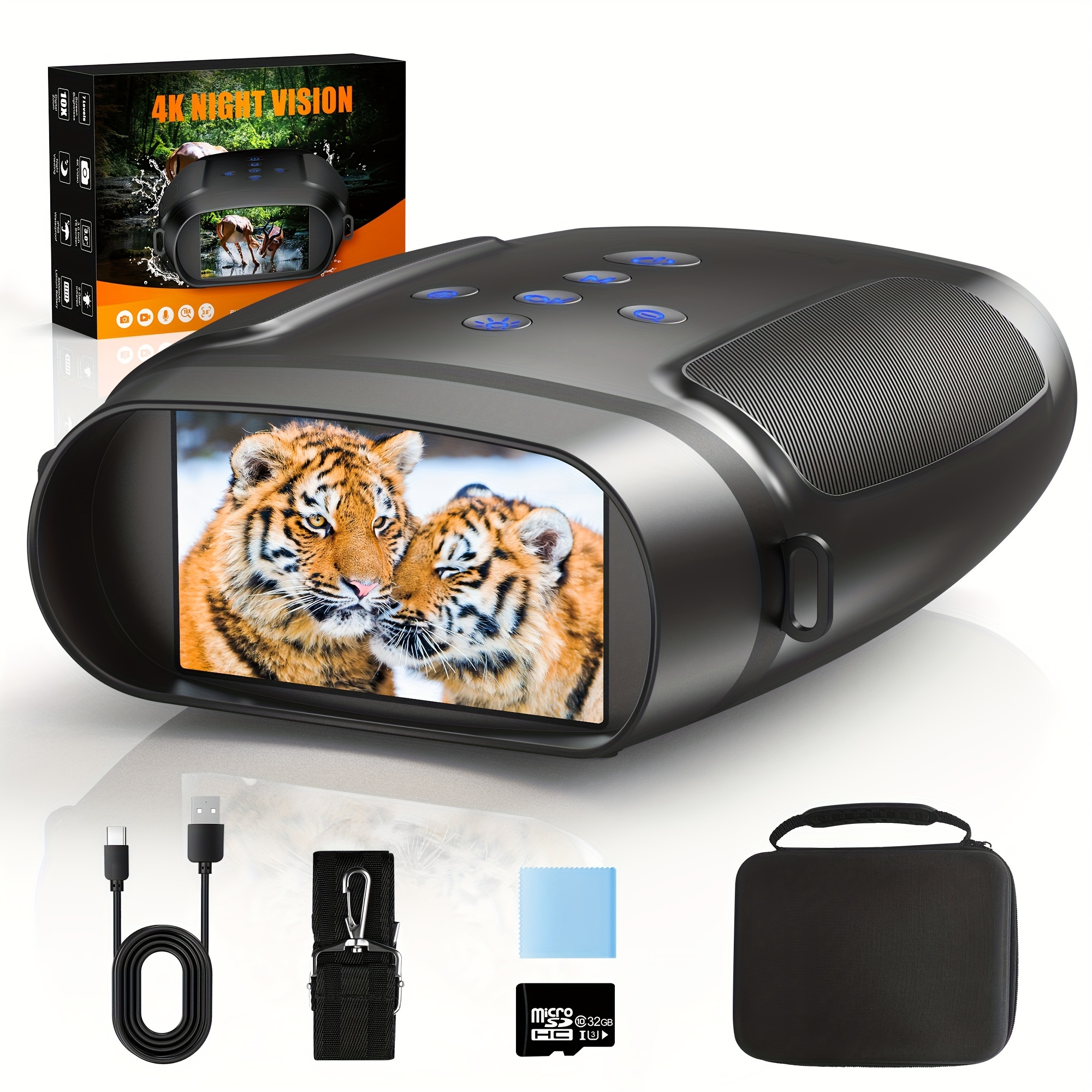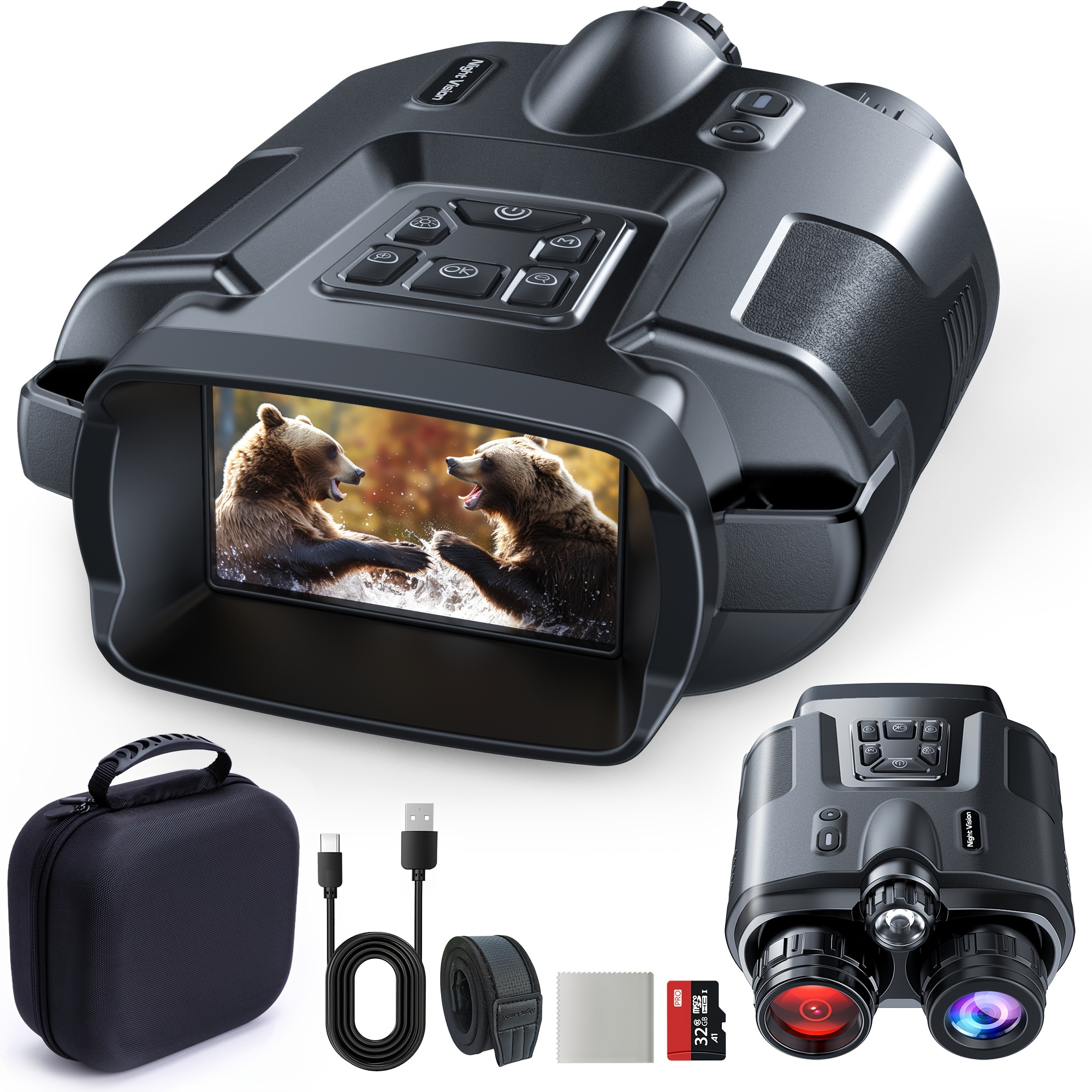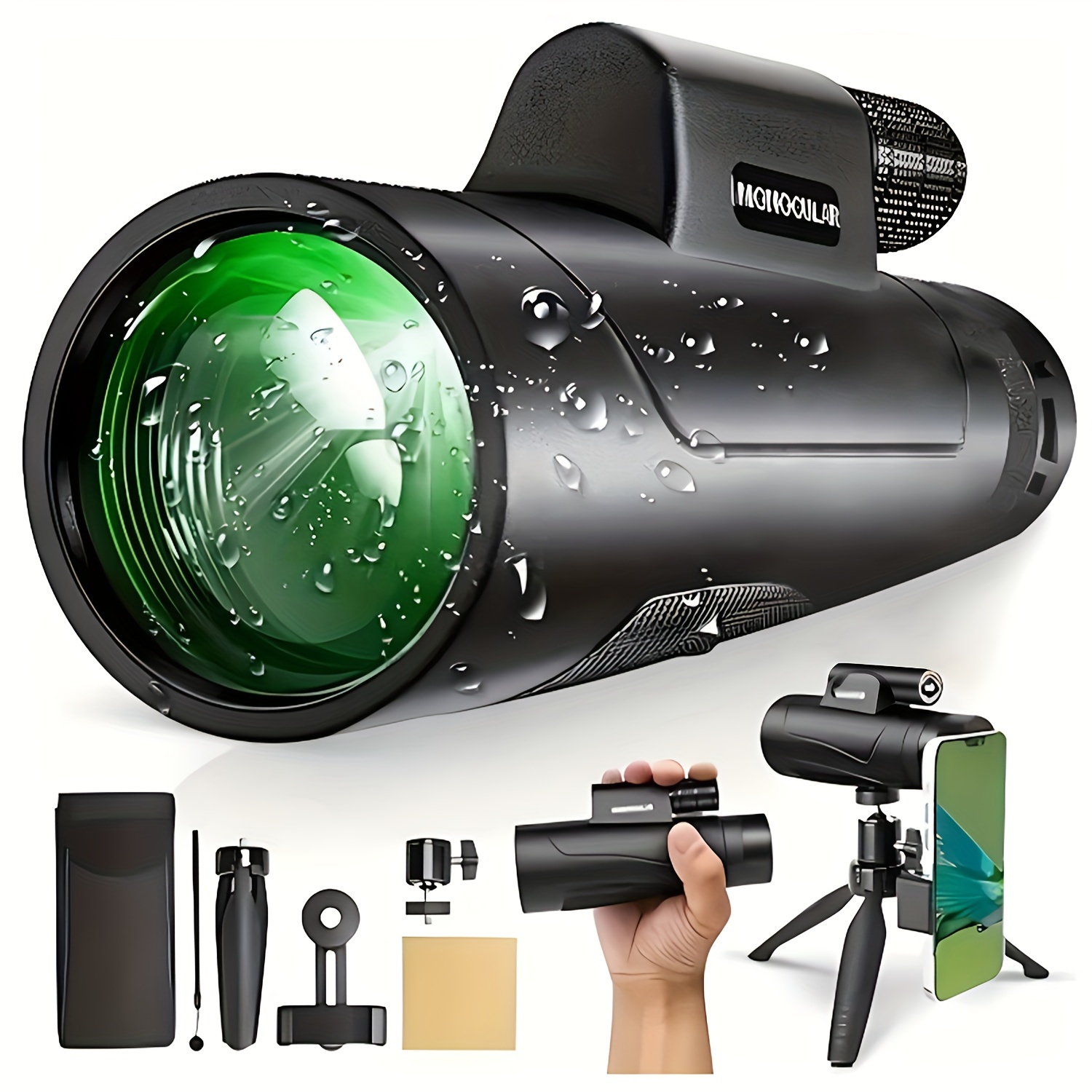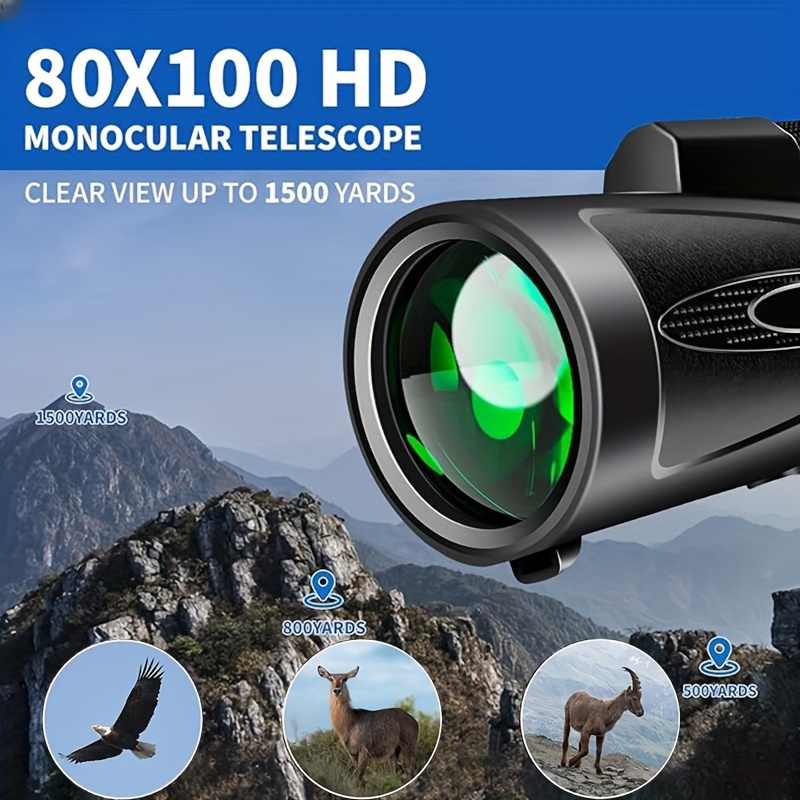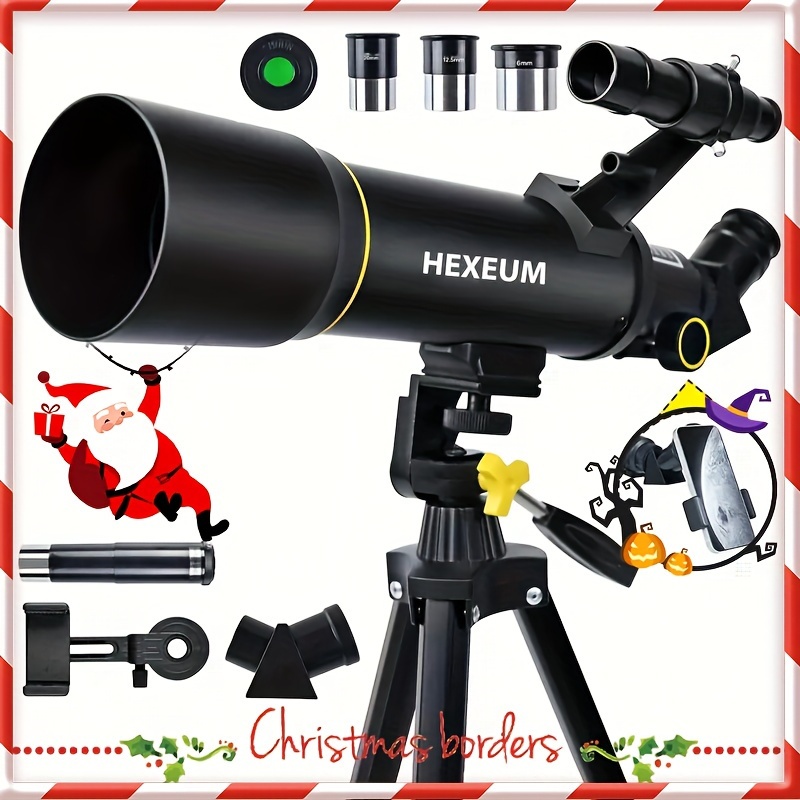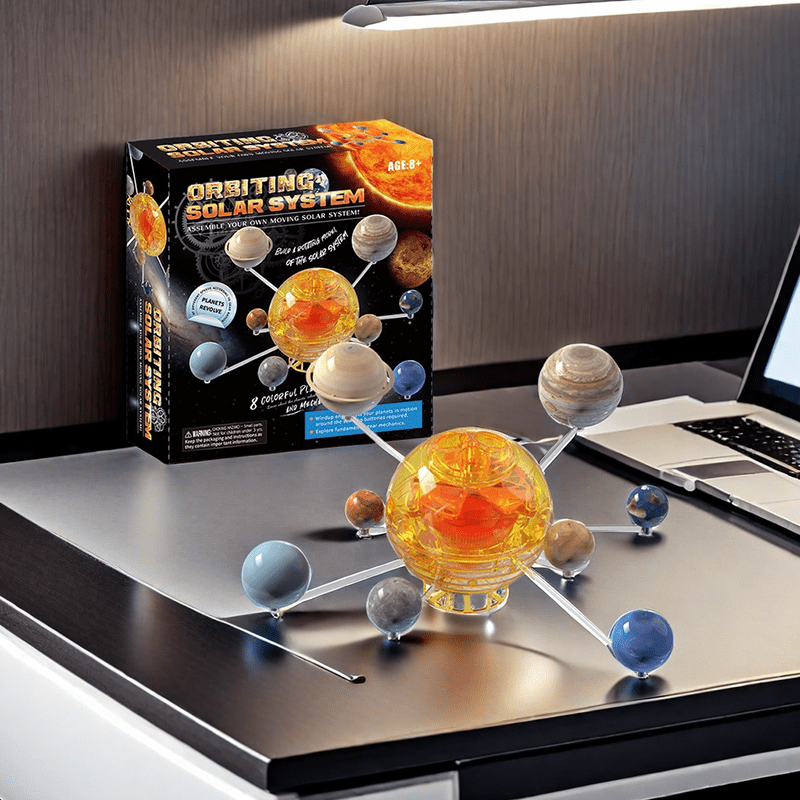Baader Planetarium Classic Ortho 10mm HTMC Eyepiece with Eyecup, 1.25" Barrel

Parfocal eyepieces with a very high transmission, very good contrast and thus a very clear field of view, free of distortions. The multi-coating eliminates almost all internal reflections. The eyepieces provide 50 Degree apparent field (6/10/18mm Ortho), sharp field stops and excellent ergonomics for comfortable observing.Classic optical design of orthoscopic eyepieceshe lens assembly consists of a triplet-element and one plano-convex eye lens, so there are only four glass-air-surfaces. The interior has been blackened for a very good suppression of stray light. Of course, the hard anodised barrel has got a filter thread.
Looking into the eyepieces, you'll see the effect of the anti-relex-coating and the blackened lens edges. The coating is so good that it seems like there are no lenses at all! On our optical bench, we couldn't find any disadvantages compared to so-called "planetary eyepieces" which cost five times more.
The eyepieces use the same glasses and the same optical design as the old orthoscopic Zeiss Jena eyepieces.The 32mm-Plossl-eyepiece is the perfect eyepiece for a large field of view at telescopes with 1,25"-focuser; eyepieces with longer focal lengths don't provide a larger field of view (but a smaller apparent field).Baader Classic Ortho/Plossl-eyepieces for projection photographyStandard Barlow elements often can not provide enough magnification for taking images of the planets. Classical eyepiece projection is the solution if you want to increase the focal length by 4x or more. The Classic Orthos provide the necessary high magnifications in combination with an OPFA (Eyepiece Projection adapter). Orthoscopic eyepieces are well-known for high sharpness on the axis and very good transmission - perfect for planetary observations. So, it is possible to get sharp views of the planets even at very high magnifications.Using an OPFA, you can set the magnification almost without limits by changing the distance between eyepiece and camera sensor. You can find information on calculating the resulting focal length in the description of the OPFA-system. For best results and highest resolution, you should use the Fluorit Flatfield Converter (FFC / 3x-8x) instead, which was designed especially for projection photography.The Classic Plossl is perfectly suited for afocal projection with the ADPS (Afocal Digital Projection System) and a compact camera with fixed lens - the eyepiece's large lens on the camera side reduces vignetting, so that you can use a larger part of the camera sensor. The lower magnification and the resulting larger field of view make this combination very interesting for images of the surface of moon or sun (the latter only with a suitable solar filter).The lean housings of the Classic-eyepieces with diameters of less than 35mm fit without any problems into all common projection adapters and can also be used without problems for visual use at any binoviewer.
Пользователи также просматривали



